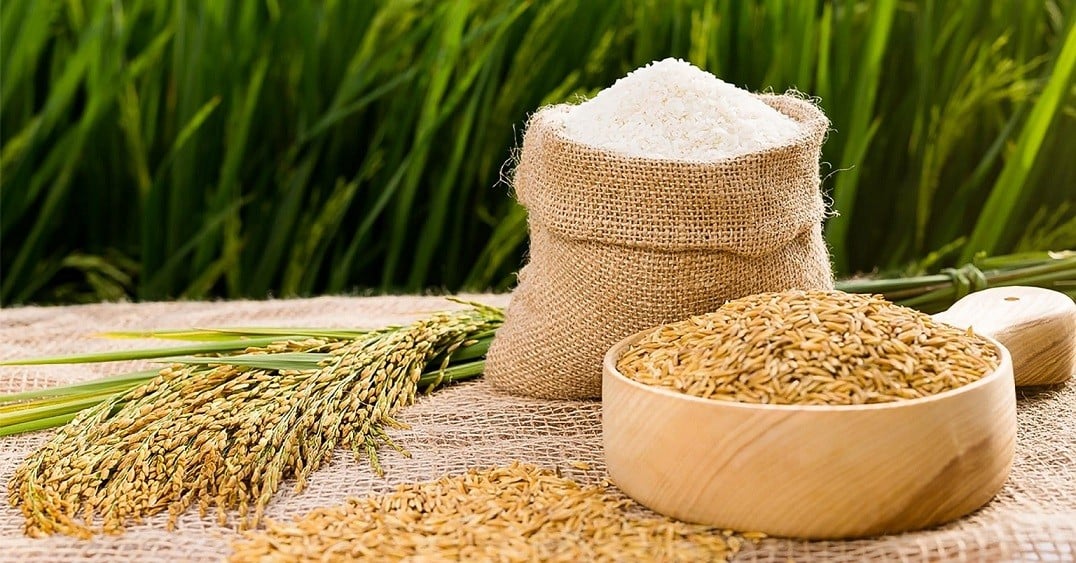 |
| Asian rice market fluctuates strongly after India's decision. (Source: Finance Magazine) |
India, the world's largest rice exporter, mainly exports rice to countries such as Vietnam and the Philippines. However, with adverse weather conditions reducing production and record high prices for many years, India has chosen to prioritize domestic consumption and lower rice prices.
In July, the country banned exports of white rice, except basmati, due to rising domestic prices. India's ban has disrupted the regional rice market.
Specifically, the Asian rice market fluctuated strongly, with the Food and Agriculture Organization of the United Nations' rice price index in August rising nearly 10% to a 15-year record high.
Asia produces and consumes 90% of the world's grain supplies and governments in the region are concerned about inflation and supplies amid extreme weather and fertilizer shortages.
In Thailand, the world’s second-largest rice exporter, domestic rice prices jumped 20 percent in the week following India’s announcement, hitting 21,000 baht ($597) a tonne, while export prices hit an 11-year high. Thai rice export prices briefly hit a 15-year high in August.
In Asia, the Philippines may be the most vulnerable to rising food prices, as net food imports account for over 2% of its GDP, according to a report by analysts at Nomura.
Meanwhile, a report earlier this year by the Asian Development Bank (ADB) estimated that global rice demand will increase by 30% by 2050.
According to Nomura, demand will increase sharply as rice production growth in many Asian countries slows due to more frequent extreme weather events.
In addition, limited public investment in rice production and research and development is another cause.
Nomura analysts said the supply shortage could keep prices high in the medium to long term.
Source



![[Photo] Phu Quoc: Propagating IUU prevention and control to the people](https://vstatic.vietnam.vn/vietnam/resource/IMAGE/2025/8/24/f32e51cca8bf4ebc9899accf59353d90)


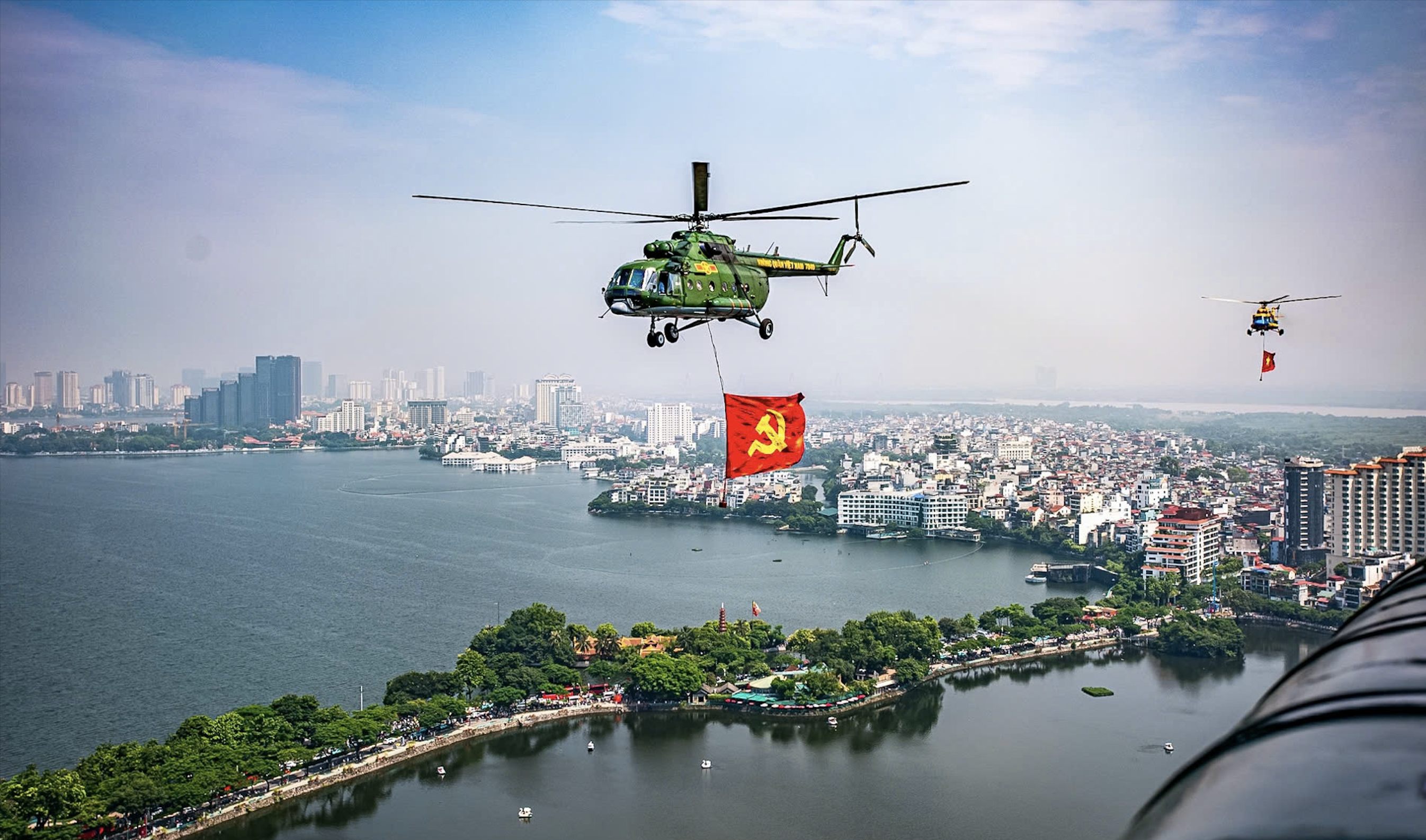
![[Photo] Party and State leaders meet with representatives of all walks of life](https://vstatic.vietnam.vn/vietnam/resource/IMAGE/2025/8/24/66adc175d6ec402d90093f0a6764225b)
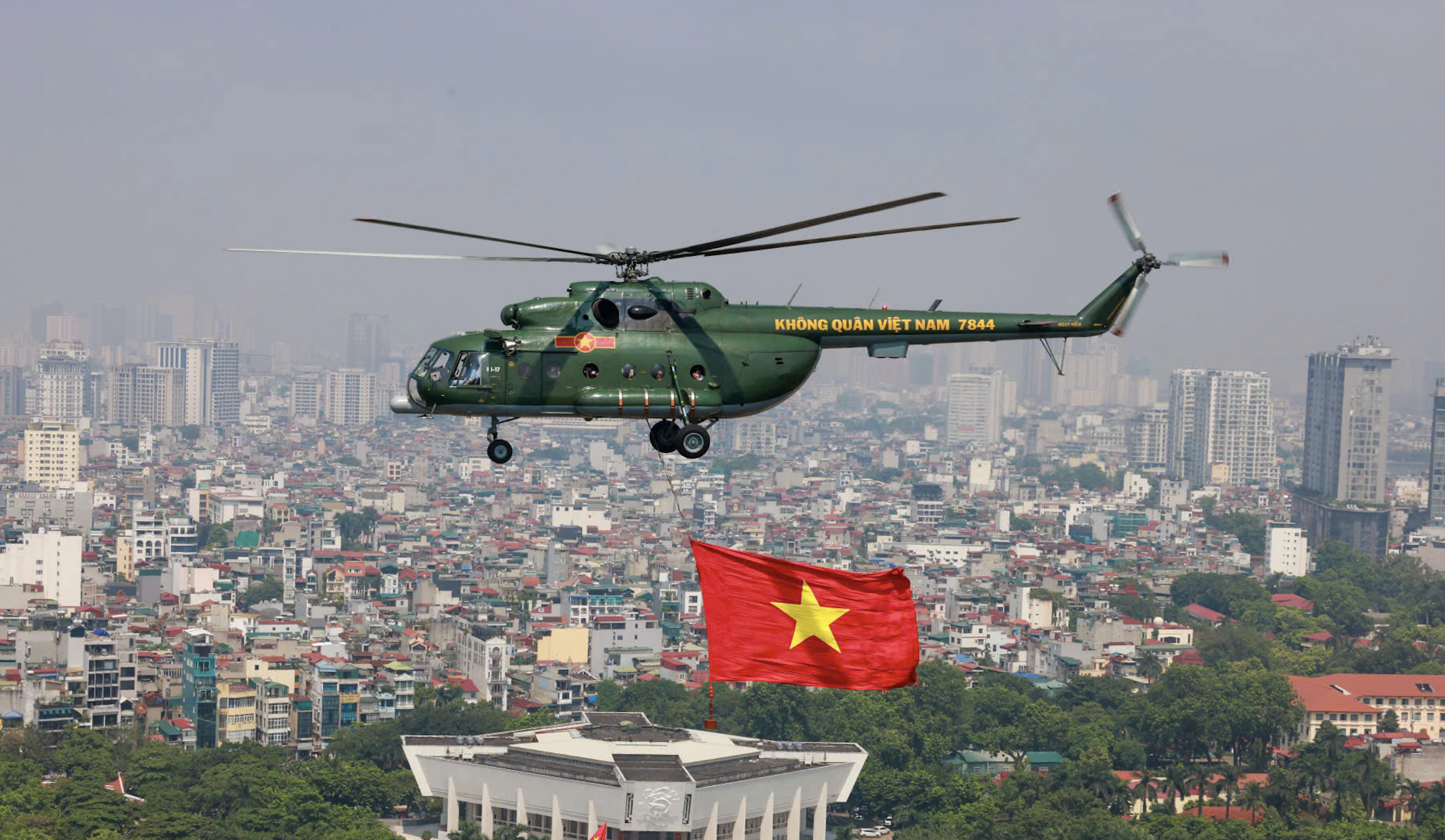




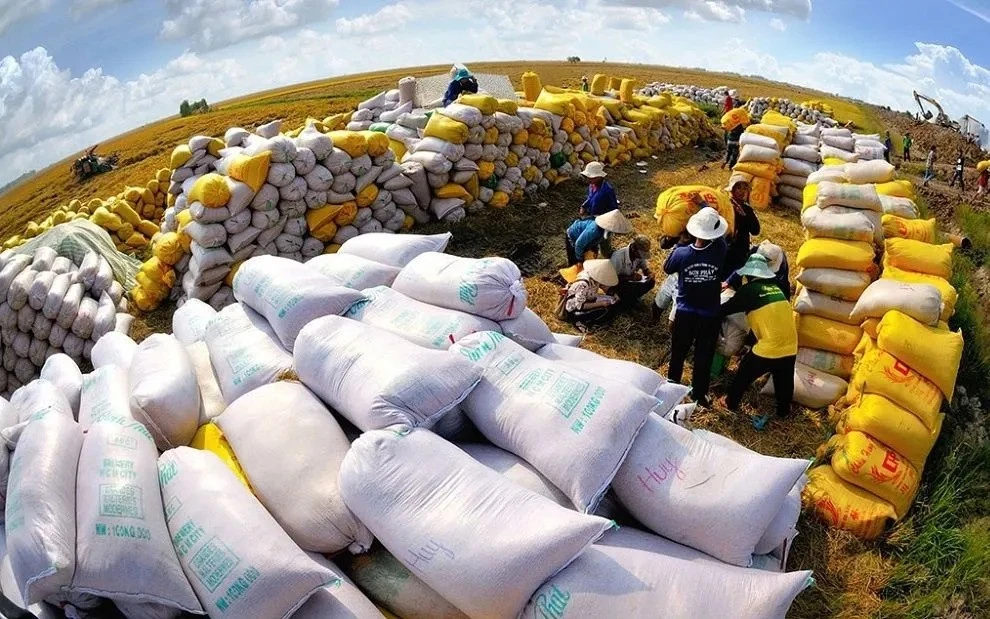




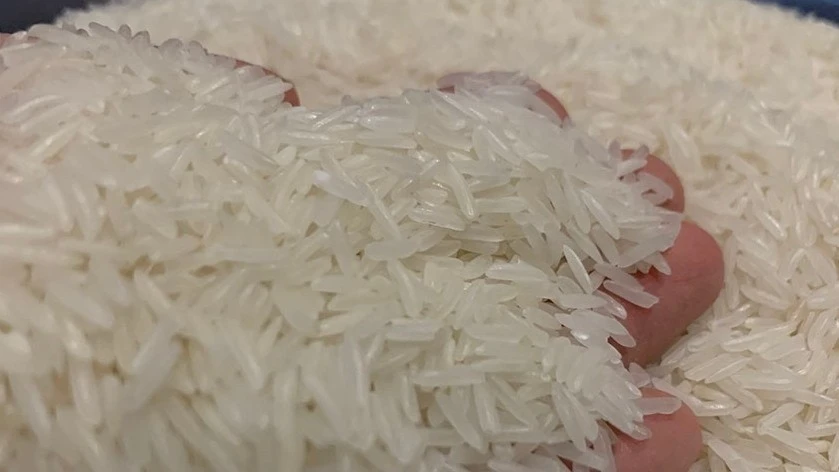
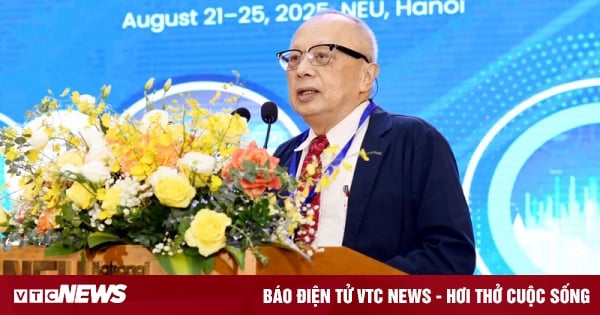

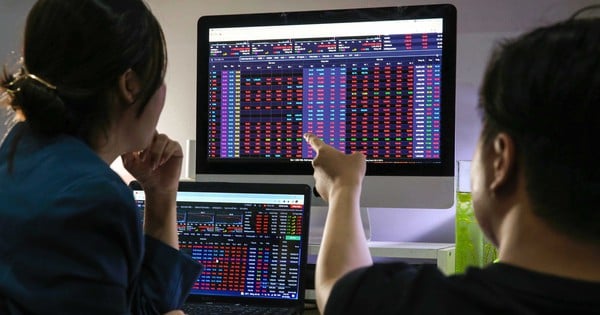

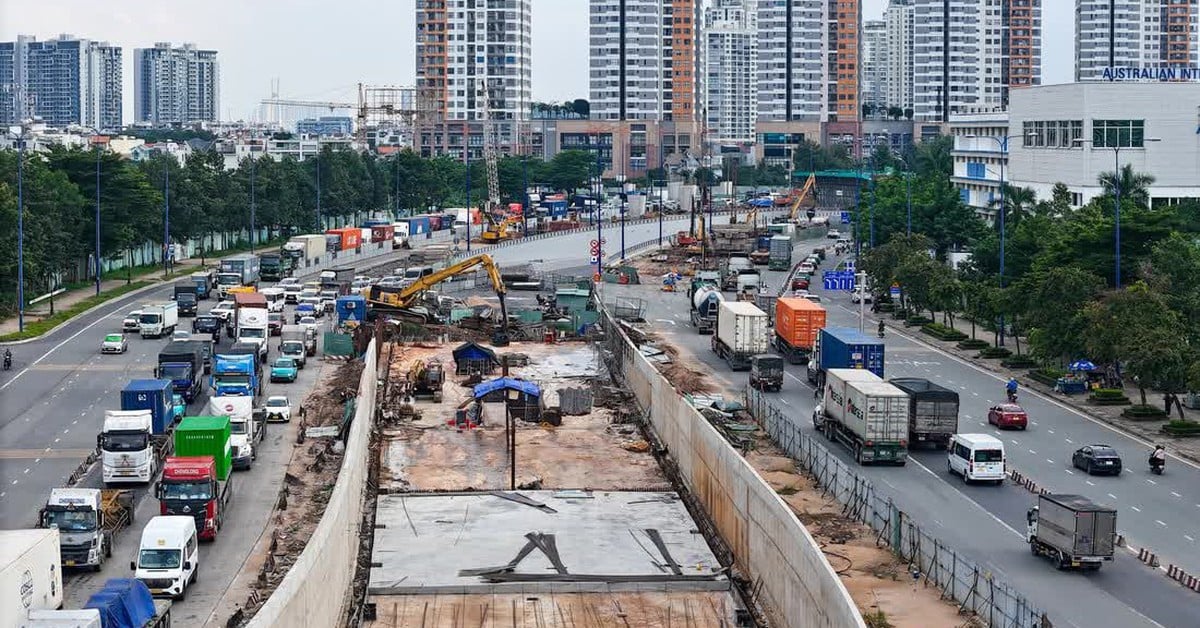
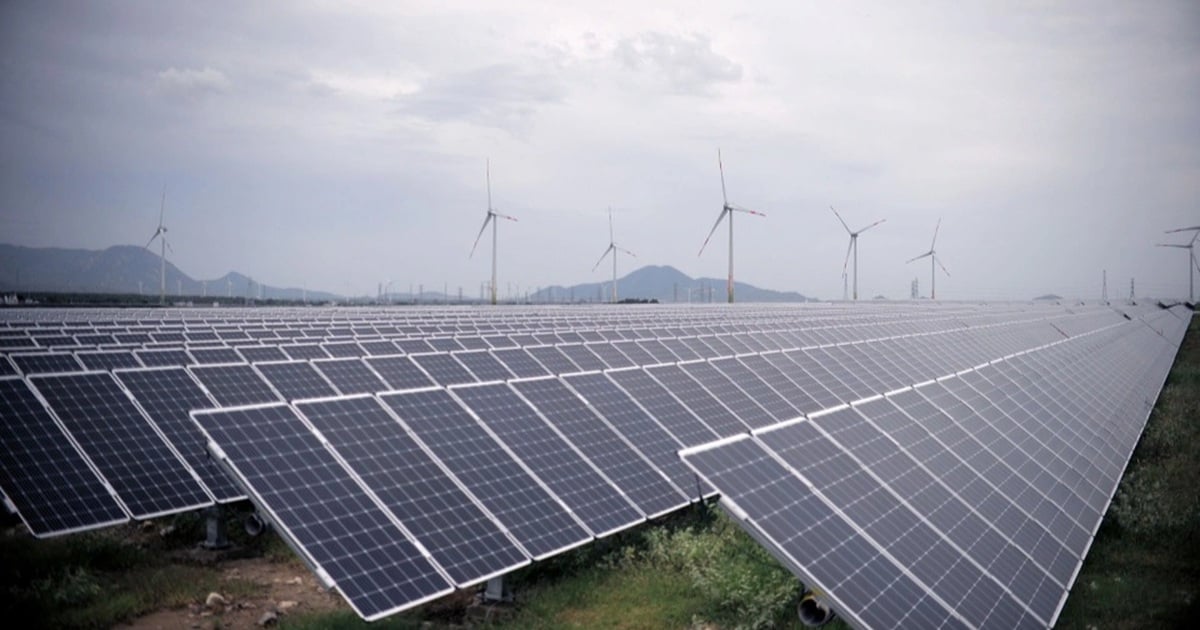







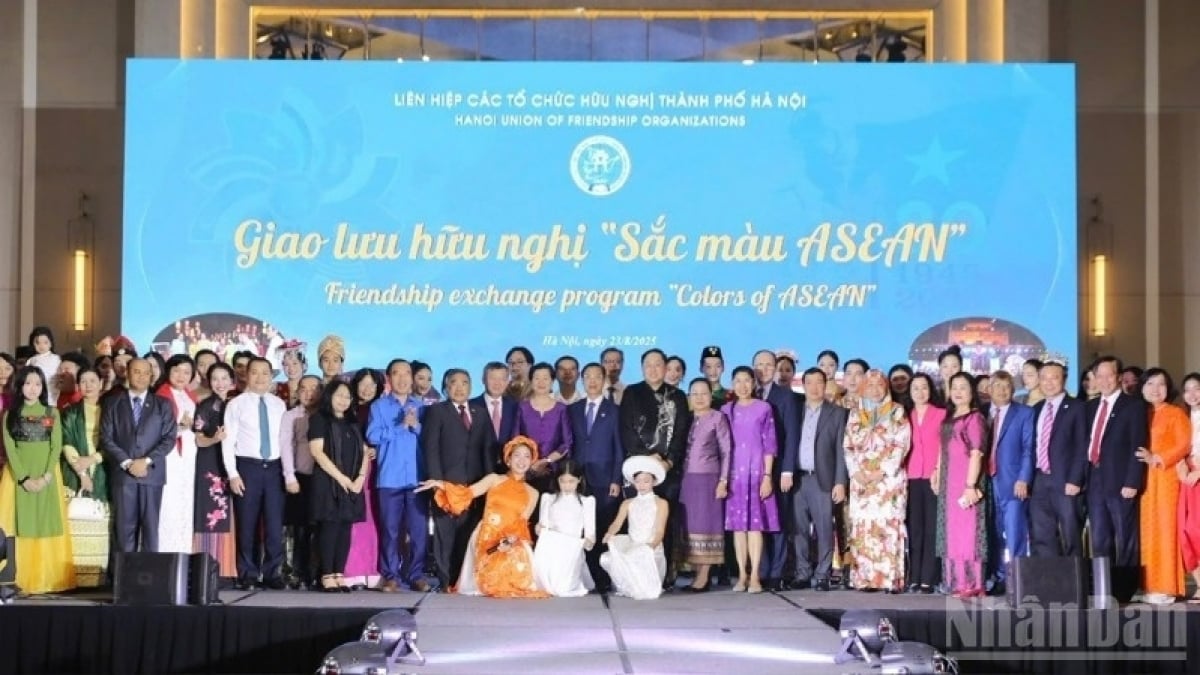

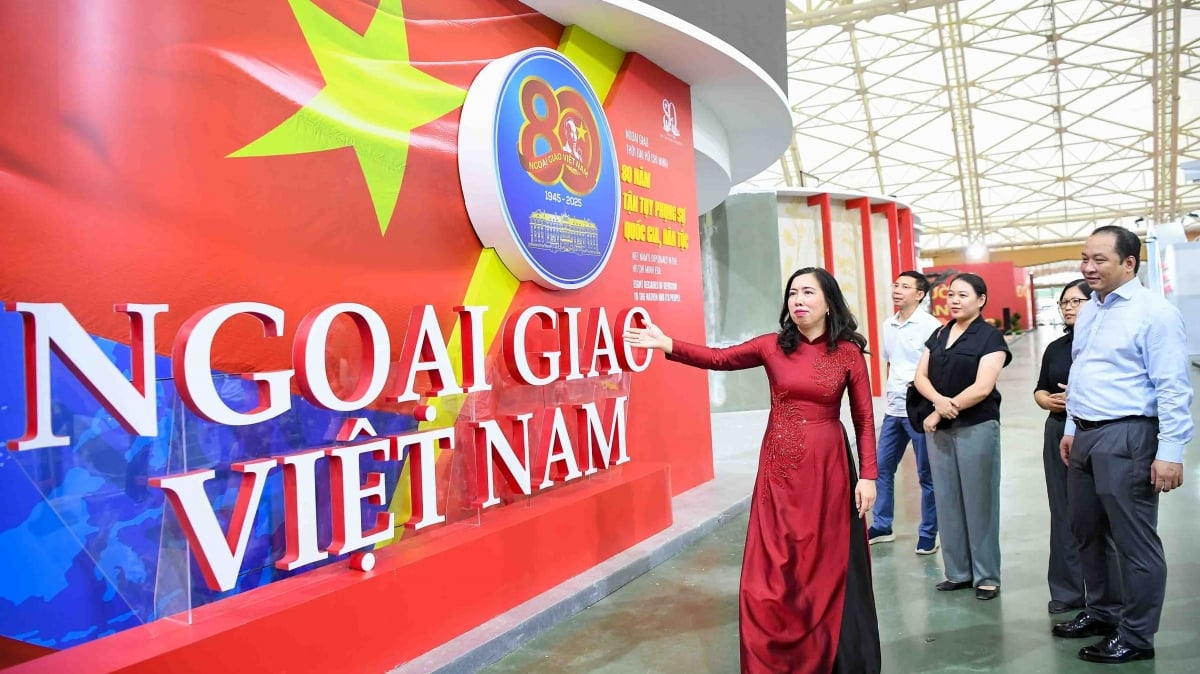


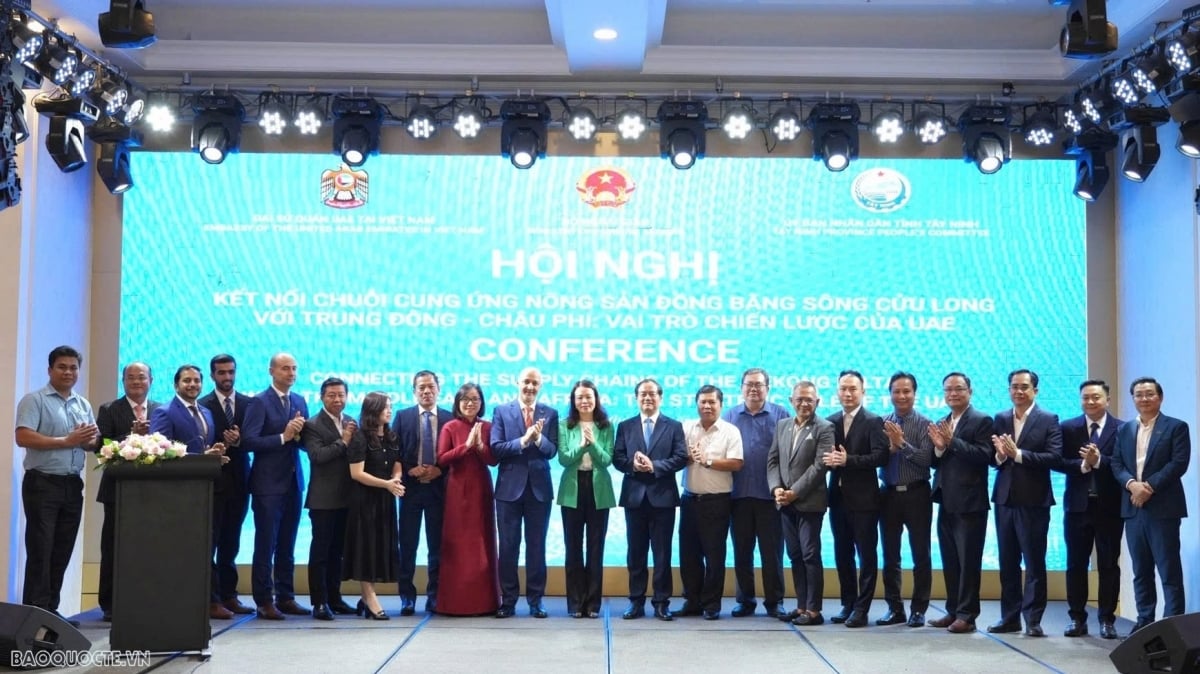





















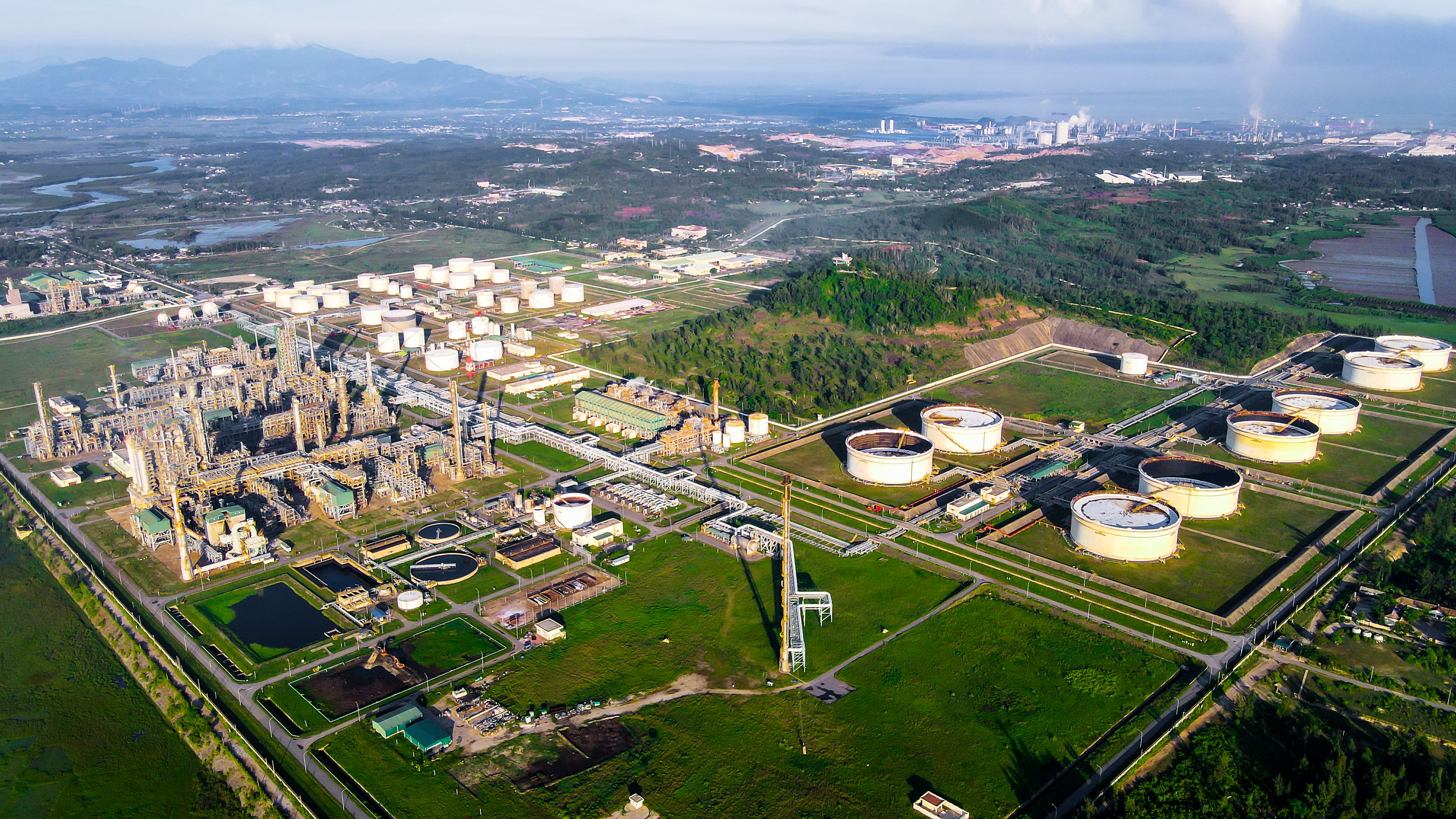






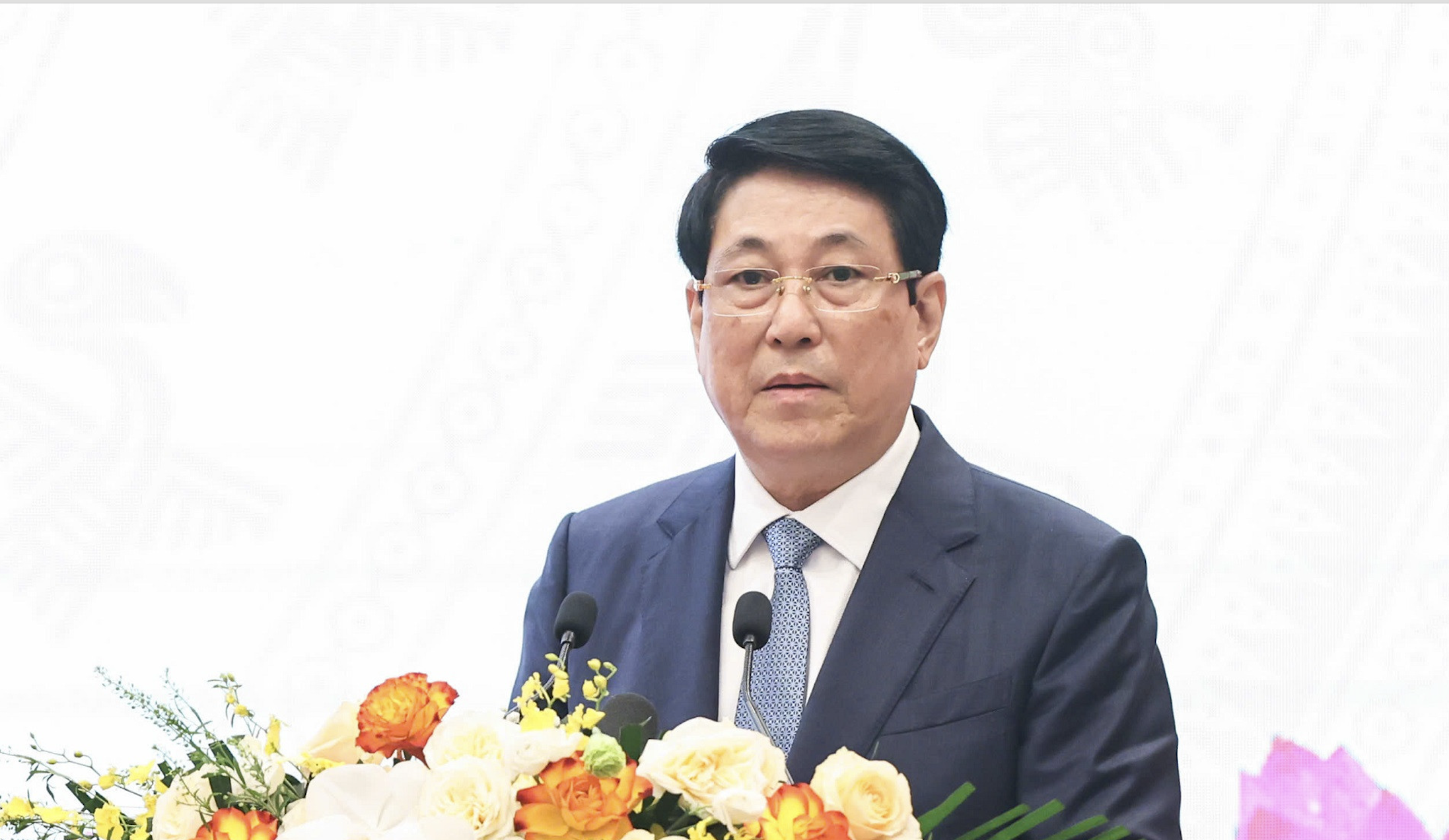


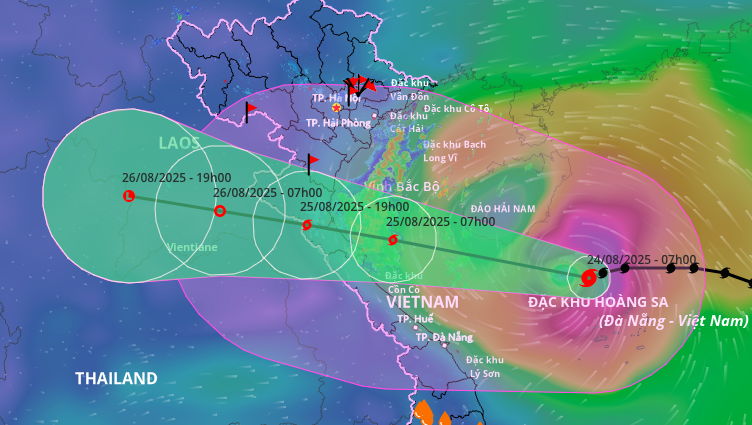













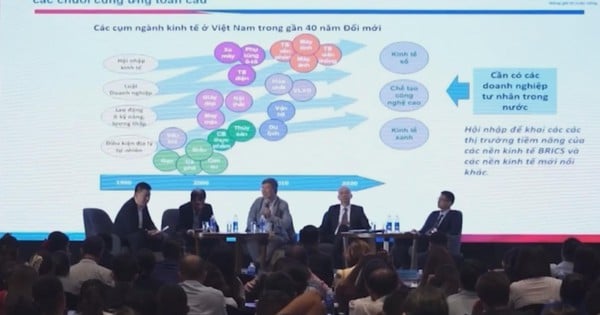

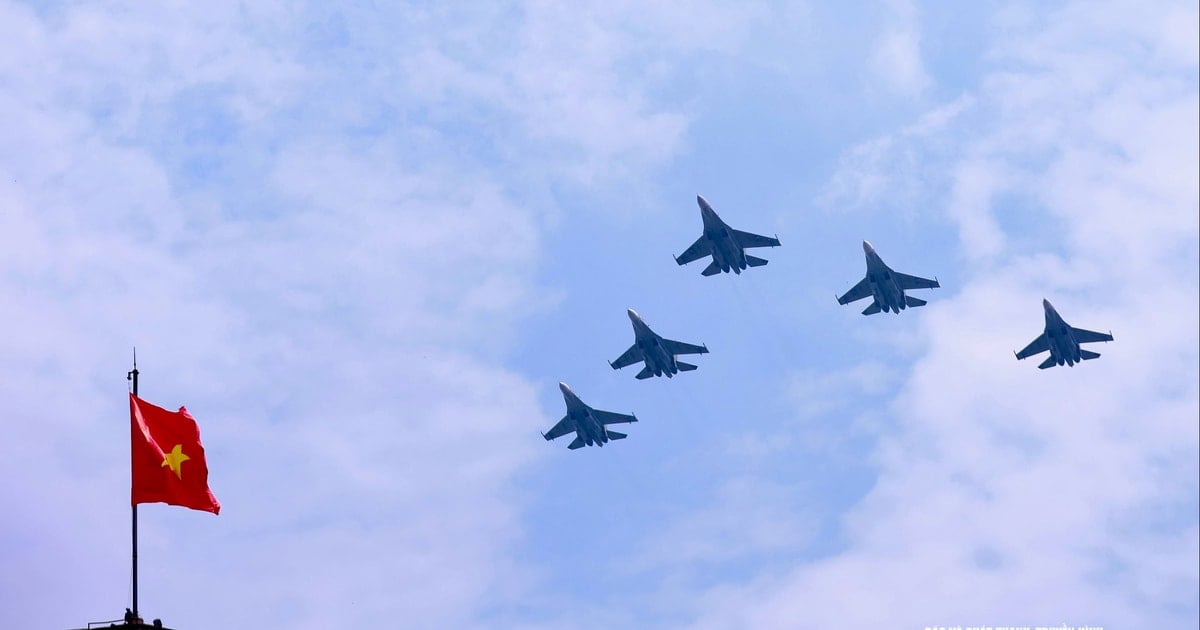


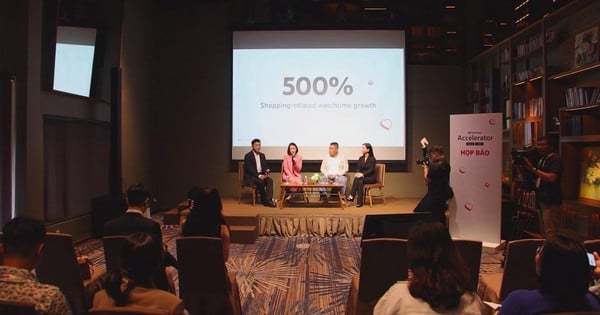


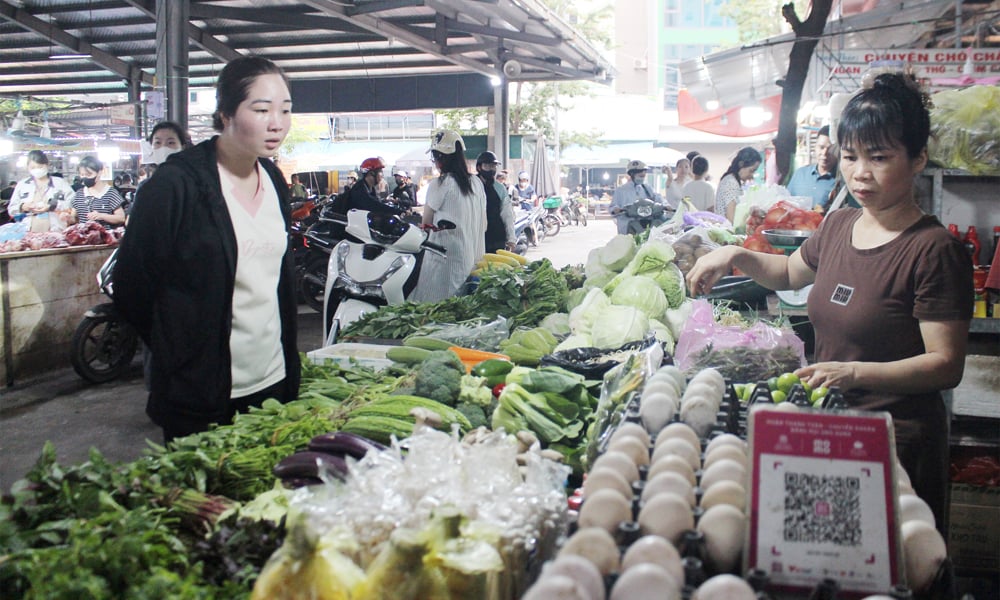

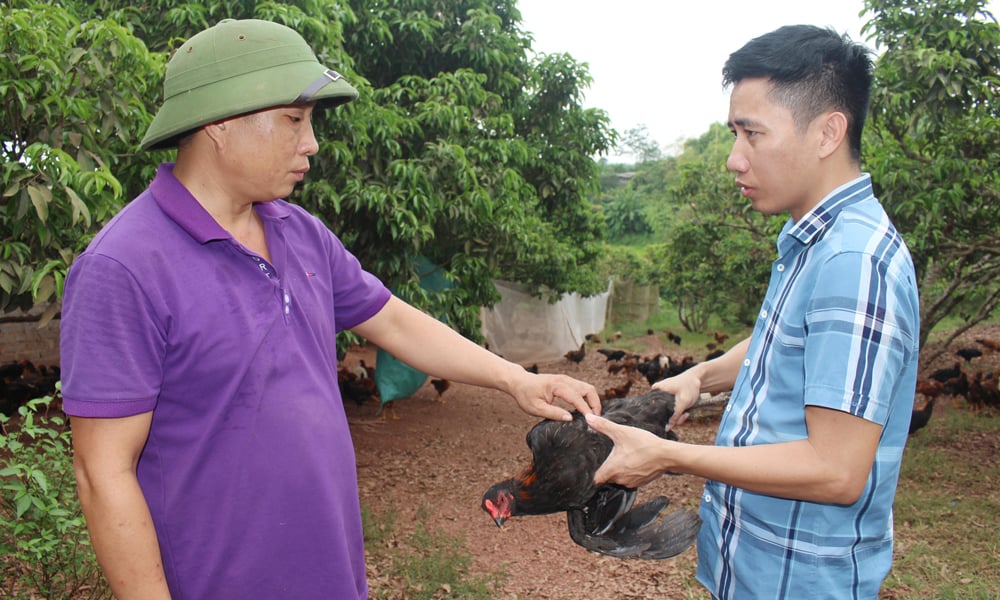
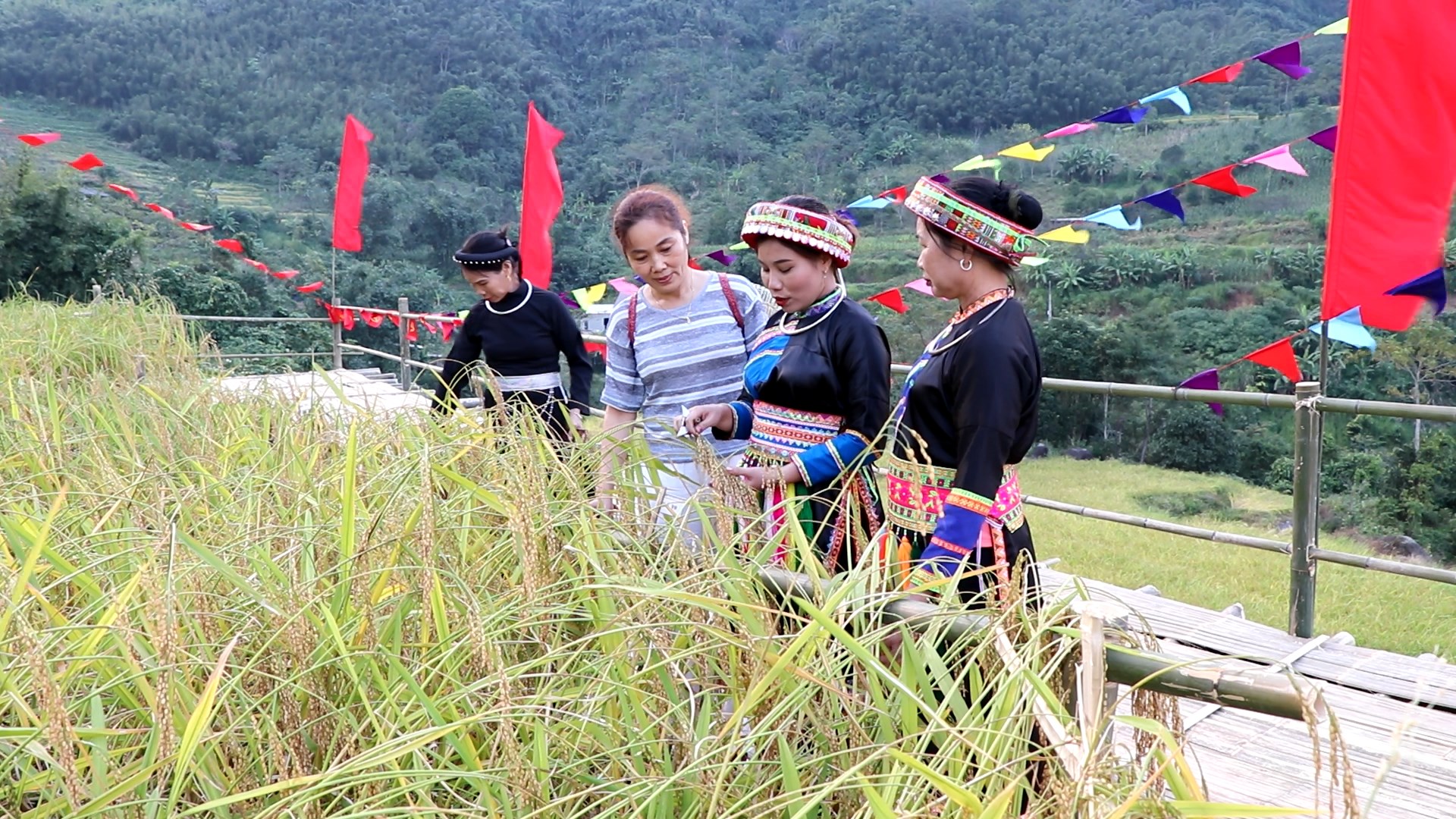











Comment (0)